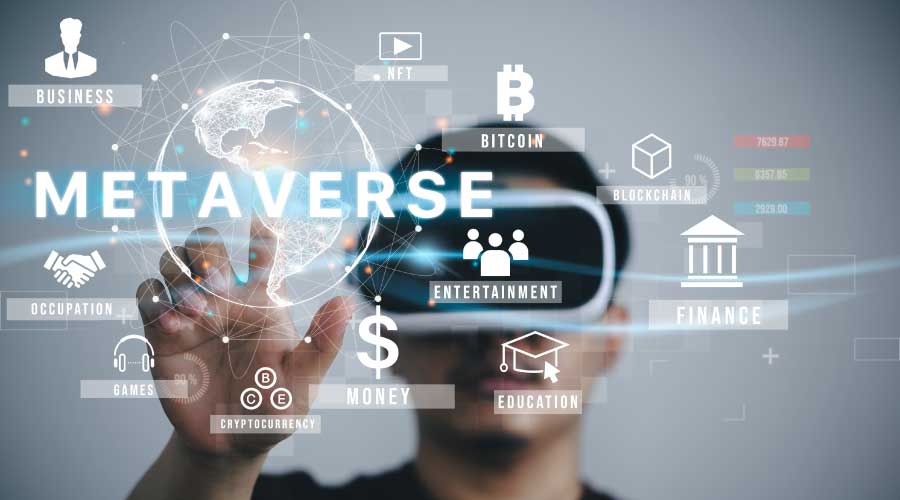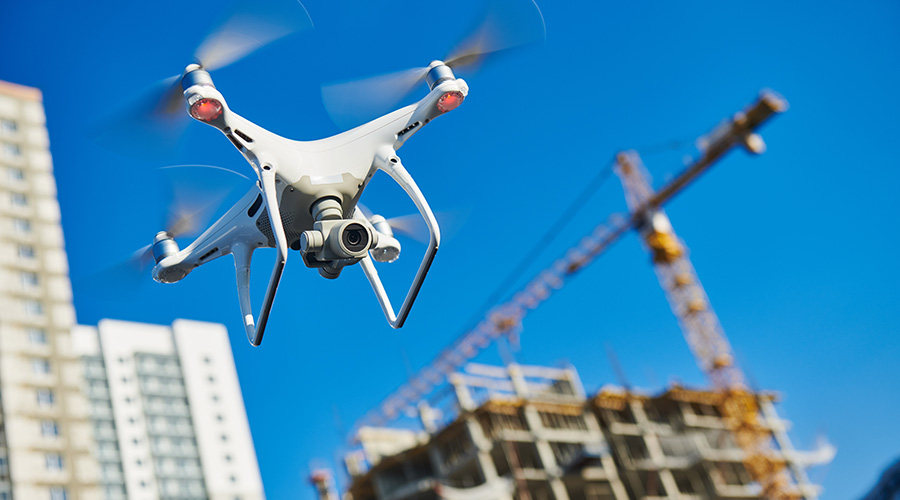The Metaverse is Here: How Should Facility Managers Handle It?
As hybrid and remote work continue to hold firm, these digital environments are vital in helping create and maintain company culture and improve mentorship.
By Erin McDannald, Contributing Writer
Metaverse and miniverse environments — digital replicas of the physical world where coworkers can collaborate and engage with each other better than with the alternative remote work options — have made tremendous strides in the past year, securing their place as increasingly helpful tools for corporations embracing the future of work. As hybrid and remote work continue to hold firm, these digital environments are vital in helping create and maintain company culture and improve mentorship, especially when created with thoughtful design.
There have been two major “movements” in office design in recent memory: the cubicle farm and the open office. Both of these designs were created and perfected by architects and designers. Cubicle farms offered companies the flexibility to change layouts as they scaled up and down, and the shift to the open office plan offered more collaboration and togetherness. The evolution of the open office plan has led to an increase in amenities, conference rooms, and meeting spaces to boost collaboration and social interaction.
The pandemic led us into a new phase of office design. For companies taking advantage of in-person work, designers are committed to creating more spacious work zones and more collaborative areas. Wellness perks have also been top of mind. By integrating Internet of Things technology, office managers and building owners can receive in-depth data about the health and safety of their buildings (even if they’re remote), like air quality monitoring, germicidal cleaning, virus detection, and occupancy tracking. This said, the true future of the workplace will include a physical component, a digital component, and a technological backbone to bridge the two “worlds.”
The digital portion of the future workplace will include some form of the metaverse. As more companies move into their metaverse or miniverse environments, they will want spaces that maximize collaboration and mentorship, no matter where their employees are. While the developers who create metaverse environments are brilliant, many have little experience in office design. Architects and designers are experts at understanding how users interact with the environment around them, so metaverse companies that hire architects and designers will create the best digital workplaces for their customers.
Because working in the metaverse is new to most employees, many companies choose to have their virtual office completely mirror their physical one, creating familiarity and increasing employee buy-in. An enhanced digital twin of the physical workspace builds a meaningful psychological connection to a company and its property. Looking to the future, metaverse environments will expand beyond a digital twin of the physical space. Here, businesses can create branded offices specific to the metaverse. Much like the physical office, having a workplace decorated in company colors and signage is an important component in creating company culture through design.
After employers create a metaverse where their staff feels comfortable, the next step is establishing a community. An established and engaged community makes team members feel happier and more connected to their jobs. Promoting both communication and flexibility, metaverse environments are strong outlets for the workplace community. Metaverse offices make for more inclusive workplaces, as well as allow for “water cooler” talk or other serendipitous moments that can’t happen over traditional video conferencing platforms. Integrating the metaverse into the workplace allows employees and leaders to see what’s happening in their offices and enjoy genuine interactions with one another regardless of physical locations or varying needs.
As business leaders weigh the future of their workspaces, it is essential to look beyond just the physical space. The solution for more robust collaboration and mentorship isn’t a whole week in the office but rather a work week in collaborative spaces. Expanding businesses into metaverse or miniverse environments crafted by architects and designers is one of the most innovative ways to adapt within the hybrid work era without sacrificing employee happiness.
With the future of the office space in design, architects and designers that have made a living in the corporate interiors world have the unique opportunity to continue their craft in a whole new sphere: the metaverse. And metaverse companies would be wise to use these experts to separate their products from the field.
Erin McDannald is the CEO and co-owner of Lighting Environments and its sister company, Environments, both of which are lighting design and construction firms.
Related Topics:












